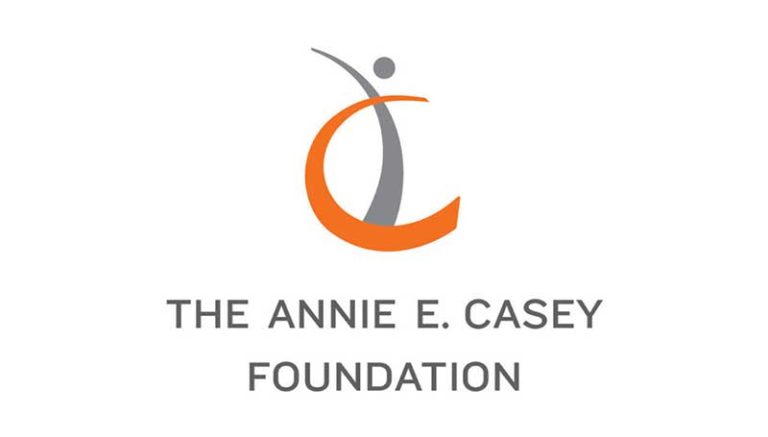BUCK TRADITION AND BREAK THE SILENCE Traditionally, when a foundation invests in a project, it lets that project mature over time, and then releases its take on the work (usually in the form of a report or lessons learned document) many years later. But that approach didn’t sit well with former Annie E. Casey Foundation Program Director Rafael López. As he considered the investments Casey was making to support a partnership between Management Leadership for Tomorrow (MLT) and New York University’s Stern School of Business and Wagner Graduate School of Public Service to prepare new leaders of color for the nonprofit sector, he wanted to try something different. “We wanted to try and model a different style of active learning and reporting out to the field,” says López. “We needed to learn from earlier observations about our work. So one objective was to capture lessons learned early on. Another objective was to showcase the incredible work done by our partners. They had built a relationship with us that was important and unique, and communication & collaboration were key, and I wanted to communicate this to the field.”
CREATE A STORY THAT RESONATES The Putnam team dove into the story as it unfolded, conducting multiple interviews with leaders from MLT and NYU to uncover each partner’s perspective on the work in progress. They also suggested highlighting a project participant, Corey Blay, who was the first student in a pilot joint MBA/ MPA program that was part of the larger MLT approach to social sector leadership development. Corey’s story gave a “real life” narrative to a complex partnership, illustrating the ultimate reason why Casey made its investment. “Kris and her team were an excellent choice to help us communicate all the work, to weave together all the strands, and also to convey some of the early ‘wins’ so the project could be used by our partners in their own networks & groups, so they could be energized and engaged by the work, and ultimately fund it,” says López. But a written case study about MLT was only part of the story, and López also relied on Putnam’s social media savvy to spread the word. “Traditionally, philanthropy is about written projects, and I wanted to change the way of communicating in a more media-savvy and media-friendly way, to give a voice to these people using video, tweets and blog posts,” he says. Putnam captured Corey’s experience on video, as well as the perspective of NYU Wagner Dean Ellen Schall.
BUILD SUPPORT WITH SOCIAL MEDIA Once the case study and videos were complete, Putnam disseminated information and links to its 15,000+-follower network. It also “packaged” the information into ready-to-go news stories and email blasts for use by other grantmaker networks and media outlets. Casey and its grantee partners disseminated to their networks as well. As a result, Casey shared the story of its emerging project with tens of thousands of readers and viewers — some of whom may be inspired to co-invest.

